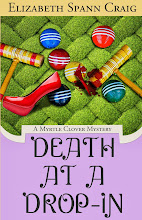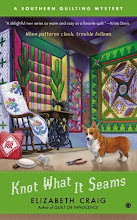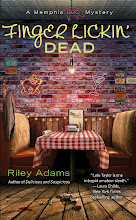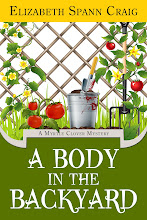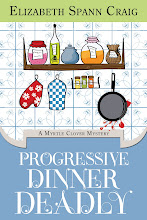 Right before school wrapped up for the summer, I volunteered in my daughter’s 4th grade classroom. The children had all written stories and were sharing them with each other.
Right before school wrapped up for the summer, I volunteered in my daughter’s 4th grade classroom. The children had all written stories and were sharing them with each other.
The writing that children in this age group (age 10) produce is really amazing. It’s lively, the voice is usually very natural, and there are sparks of vibrant creativity even in the tamest story.
One thing that most of the young writers hadn’t mastered, though, was narrative focus.
They’d go off on tangents that I would try to keep up with, expecting that the tangents were going to lead to an important point in the story…but, well, they didn’t.
It’s easy to say that lack of narrative focus is limited to child writers, but it’s something I frequently run into as a writer.
That’s because I’m making my plots up as I go along. And, as I go, I get these threads of ideas that I think might fit in somewhere—and I just dump them into the first draft and keep going.
I even put a note in the margin of the manuscript with Track Changes—Fix this later. I know I’m going off-subject, but there might be an idea there to explore…and I leave it in for the draft.
In editing, though, I have three choices for the tangent:
Cut it (too rambling, doesn’t move the plot forward, doesn’t add insight to a character). It could go into an extras file for another story or another book in the series.
Connect it to the rest of the scene or tie it into the theme, conflict, or other element of the story. Add transitions, if needed.
Move the tangent to another section of the manuscript where it makes more sense or ties into a different scene.
For me, the first draft is about sticking all that stuff in there, even though I know as I’m writing it that I’m going to have to figure out what to do with it later. I won’t stray too far, and I usually will put a marker to myself in the margin to highlight my ramblings.
I wrote a book from a full outline for an editor recently—and I didn’t go off my outline at all. Consequently, I found I needed to add a lot of words to make my target word count. I think my tangents do ultimately get put to good use in my books---and when I’m not making them, I have to brainstorm more in the second draft.
If you outline, does it prevent you from rambling? If you don’t work from an outline and take detours from your main point, is it easy for you to fix later?
Thanks so much to all my wonderful hosts for the Finger Lickin’ Dead blog tour! I really appreciate it! Download Finger Lickin’ Dead on Kindle: http://amzn.to/kh7MAp Mass market paperback: http://amzn.to/lfUE2N





